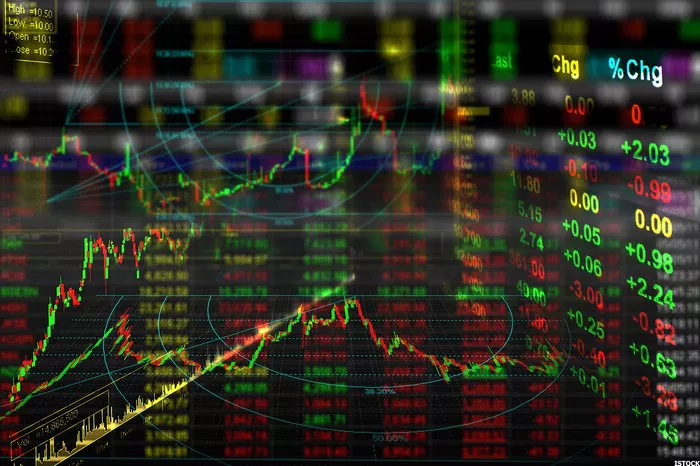Futures trading stands as a cornerstone of the financial markets, allowing participants to speculate on the price movements of various assets. Engaging in futures trading demands a deep understanding of market dynamics, risk management, and trading strategies. To hone these skills without risking real capital, traders turn to futures trading simulators. These virtual platforms offer a safe environment to practice and refine trading techniques.
Understanding Futures Trading
Futures trading involves contracts where traders agree to buy or sell an underlying asset at a predetermined price on a specific date in the future. This financial instrument enables investors to speculate on price movements without owning the actual asset. Futures contracts cover a diverse range of assets, including commodities, financial indices, currencies, and interest rates.
The Role of Futures Trading Simulators
Futures trading simulators serve as invaluable tools for traders of all experience levels. These virtual platforms replicate real market conditions, allowing traders to practice strategies, test theories, and refine their decision-making processes. By simulating trades and market scenarios without real financial risk, traders can develop confidence and skills necessary for success in the dynamic world of futures trading.
Criteria for the Best Futures Trading Simulator
Selecting the best futures trading simulator requires careful consideration of several key factors:
1. Realistic Market Conditions: The simulator should closely mimic real market conditions, including price fluctuations, trading volumes, and order execution.
2. Variety of Instruments: A good simulator offers a diverse range of futures contracts, allowing traders to explore different asset classes and market segments.
3. Charting and Analysis Tools: Comprehensive charting and technical analysis tools are essential for traders to assess market trends and develop trading strategies.
4. Risk Management Features: The simulator should incorporate risk management tools to help traders practice strategies for controlling losses and managing exposure.
5. User-Friendly Interface: An intuitive and user-friendly interface is crucial for traders to navigate the simulator effectively and efficiently.
6. Real-Time Data: Access to real-time market data ensures that traders receive accurate information to base their decisions on.
Best Futures Trading Simulators
Several futures trading simulators stand out for their comprehensive features and user-friendly interfaces:
1. NinjaTrader: NinjaTrader is a popular trading platform known for its robust charting and analysis tools. It offers a simulator mode that allows traders to practice strategies using historical and real-time data. NinjaTrader’s simulator offers an array of futures contracts and customizable charting options.
2. Thinkorswim: Offered by TD Ameritrade, Thinkorswim provides a sophisticated trading platform with a built-in simulator. Traders can practice trading futures, options, stocks, and more. Thinkorswim’s paper trading mode offers a realistic experience with access to advanced charting and analysis tools.
3. TradeStation: TradeStation’s simulator is known for its versatility, catering to both beginners and advanced traders. It offers a variety of features, including customizable charts, a broad range of asset classes, and extensive historical data.
4. Investopedia Simulator: Investopedia offers a free trading simulator that covers various asset classes, including futures. The simulator provides a risk-free environment for traders to practice strategies, learn about market dynamics, and develop their trading skills.
5. TradingView: While primarily known for its advanced charting capabilities, TradingView also offers a simulator feature. Traders can practice trading futures and other instruments while benefiting from TradingView’s comprehensive charting and technical analysis tools.
Benefits of Using a Futures Trading Simulator
Utilizing a futures trading simulator offers numerous benefits to traders:
1. Skill Development: Traders can practice and refine their trading strategies, developing the skills required for success in the futures market.
2. Risk-Free Learning: Simulators provide a risk-free environment, allowing traders to learn from mistakes without incurring financial losses.
3. Strategy Testing: Traders can test various trading strategies in real market conditions, gaining insights into their effectiveness.
4. Market Familiarization: Novice traders can become familiar with how futures markets function, including order types, market dynamics, and execution processes.
5. Confidence Building: Simulators help build trader confidence by allowing them to observe how their decisions would have played out in real market situations.
6. Strategy Optimization: Traders can fine-tune their strategies based on simulator results, optimizing their approaches before applying them with real capital.
Conclusion
Futures trading simulators are invaluable tools for both novice and experienced traders. They offer a risk-free environment to practice, learn, and develop strategies in a dynamic market. By carefully evaluating the features, accessibility, and accuracy of different simulators, traders can select the one that best aligns with their goals and trading style. As the financial markets continue to evolve, futures trading simulators will remain a cornerstone for traders seeking to enhance their skills and navigate the complexities of futures trading with confidence.


